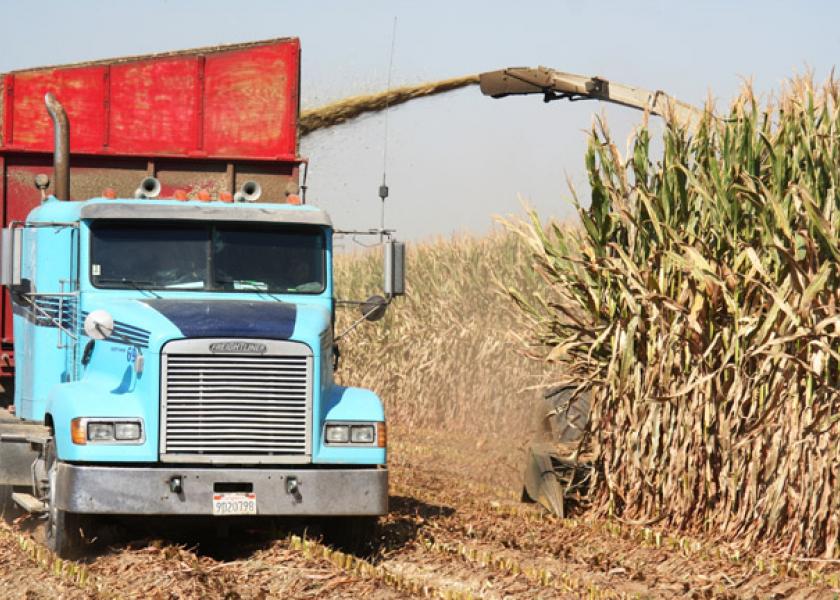Minimize the Risk of Silage Gas

Silage gas has become an increasing problem this harvest season due to a number of factors, including the unfavorable growing conditions experienced particularly by farms in the northeast and Midwest. In addition to poisoning livestock, this toxic gas can cause permanent lung damage to people ─ resulting in serious injury or even death.
“Silage gases should always be at the top of the mind when putting up silage because they are produced naturally during the early stages of the ensiling process. Conditions may exacerbate their production or release, so producers should always be careful,” says Renato Schmidt, Ph.D, Technical Services Forage, Lallemand Animal Nutrition.
Soon after ensiling, nitric oxide is released and becomes hazardous when it combines with oxygen in the atmosphere to form toxic nitrogen dioxide (NO2). When continued oxidization occurs, dinitrogen pentoxide (N205) is produced. Schmidt warns that this is a highly unstable compound, which forms nitric acid when it reacts with water. The decomposition of N205 results in nitrogen dioxide, which is incredibly dangerous to famers if it materializes in their lungs. It can lead to pneumonia-like symptoms and mortality if not recognized and treated properly.
“The lethal gas is yellow-brownish in color with a bleach-like odor, and can form layers directly above the silage,” Schmidt says. “Be alert for traces of yellow stains in the silage, on wood and other materials, as it often concentrates in the silo room but will move on to a barn.”
Schmidt recommends the following tips to help minimize the danger of silage gas during the growing and filing stages of silage production:
- Conduct timely and adequate fertilization with efficient weed, pest and disease control. Although insects and disease are not the main cause of silage gas, they do play a role in the process of nitrate accumulation in plants.
- Avoid harvesting during unfavorable weather conditions. Prolonged summer droughts followed by a heavy rainfall, as well as damage from frost and hail can all lead to increased production of silage gas
To minimize the chance of harm from silage gasses, producers should consider the following safety precautions:
- Do not allow children near the silos.
- Post signage to warn people, and avoid entering the silo during the first three days after filing.
- If it is necessary to enter the silo, ventilate the area first, always enter with another person and if possible, use a self-contained breathing apparatus.
“These gases will normally be produced during active ensiling so this should always be an important concern. Better safe than sorry!” advises Schmidt.
Detailed information on silage gas and full safety instructions can be found within technical bulletins, on-line university websites, and by extension offices or available at www.qualitysilage.com.
Lallemand Animal Nutrition is dedicated to the development, production, and marketing of profitable, natural and differentiated solutions for animal nutrition and health. Our core products are live bacteria for direct fed microbials and silage inoculants, specific yeast for probiotics, and high value yeast derivatives. More news from Lallemand Animal Nutrition can be seen on www.lallemandanimalnutrition.com.
Source: Lallemand Animal Nutrition







